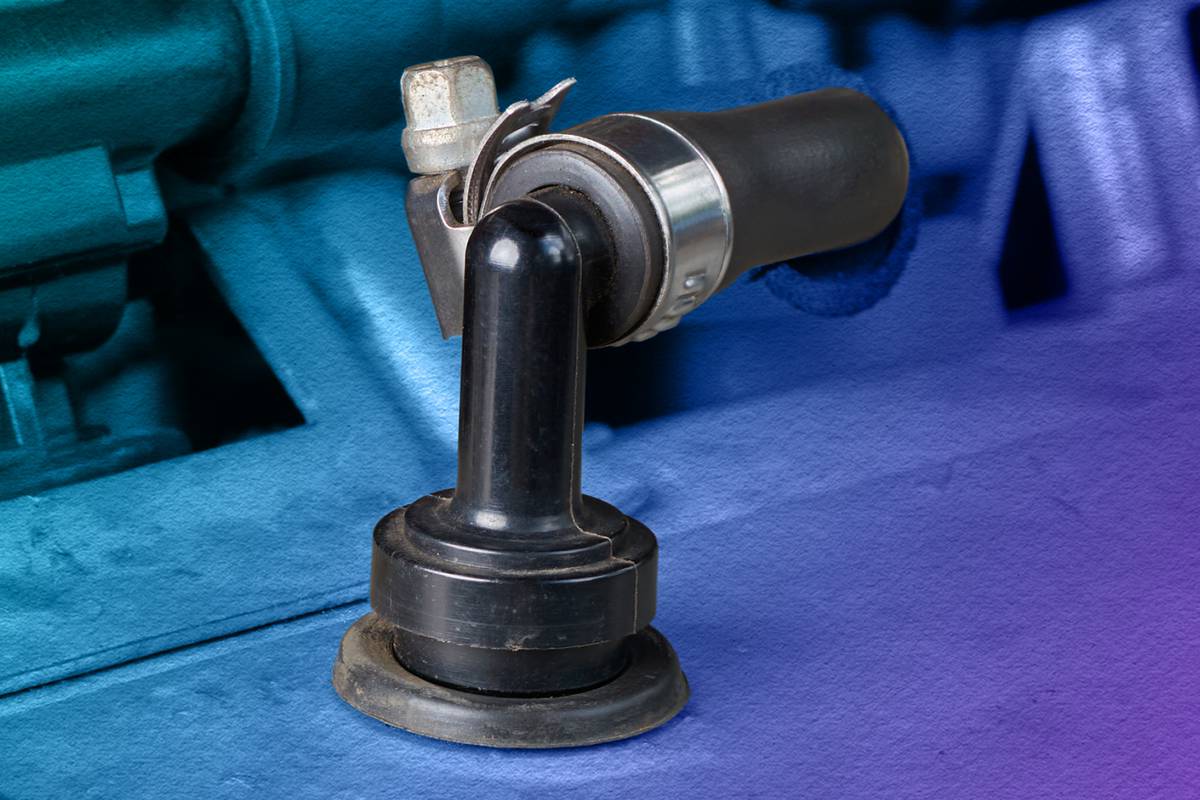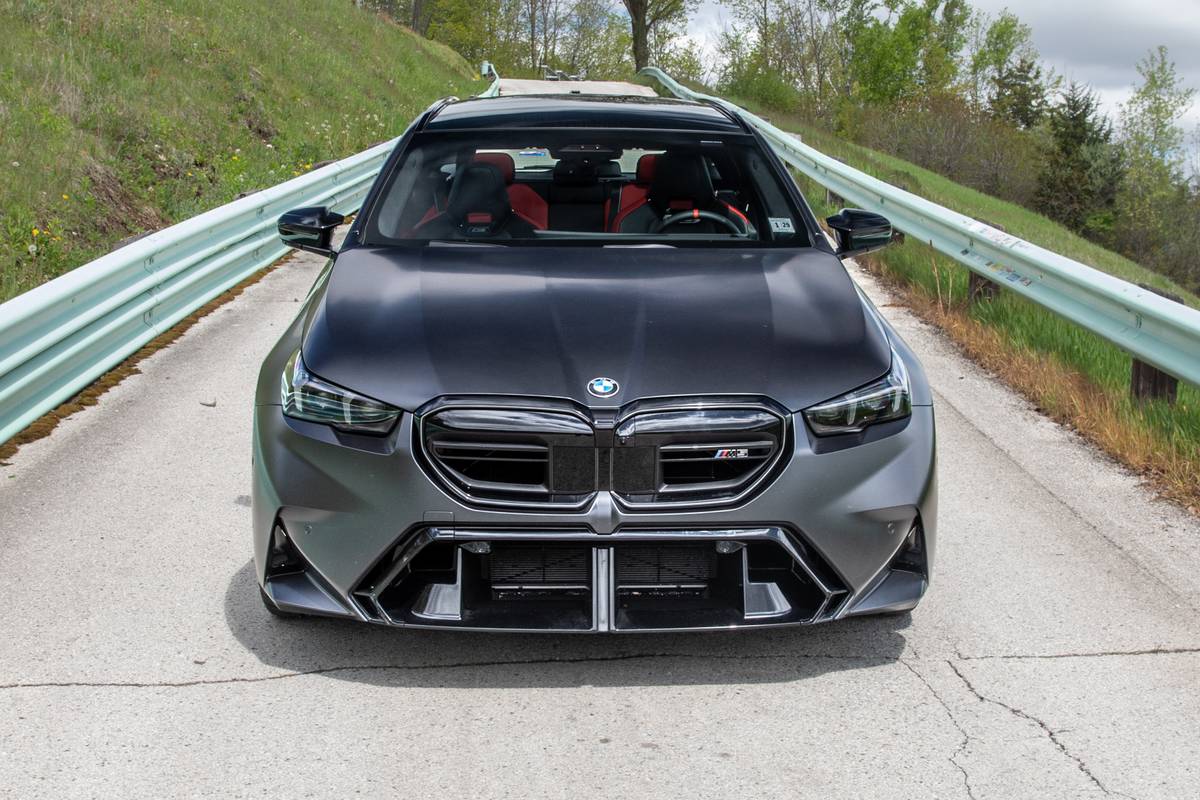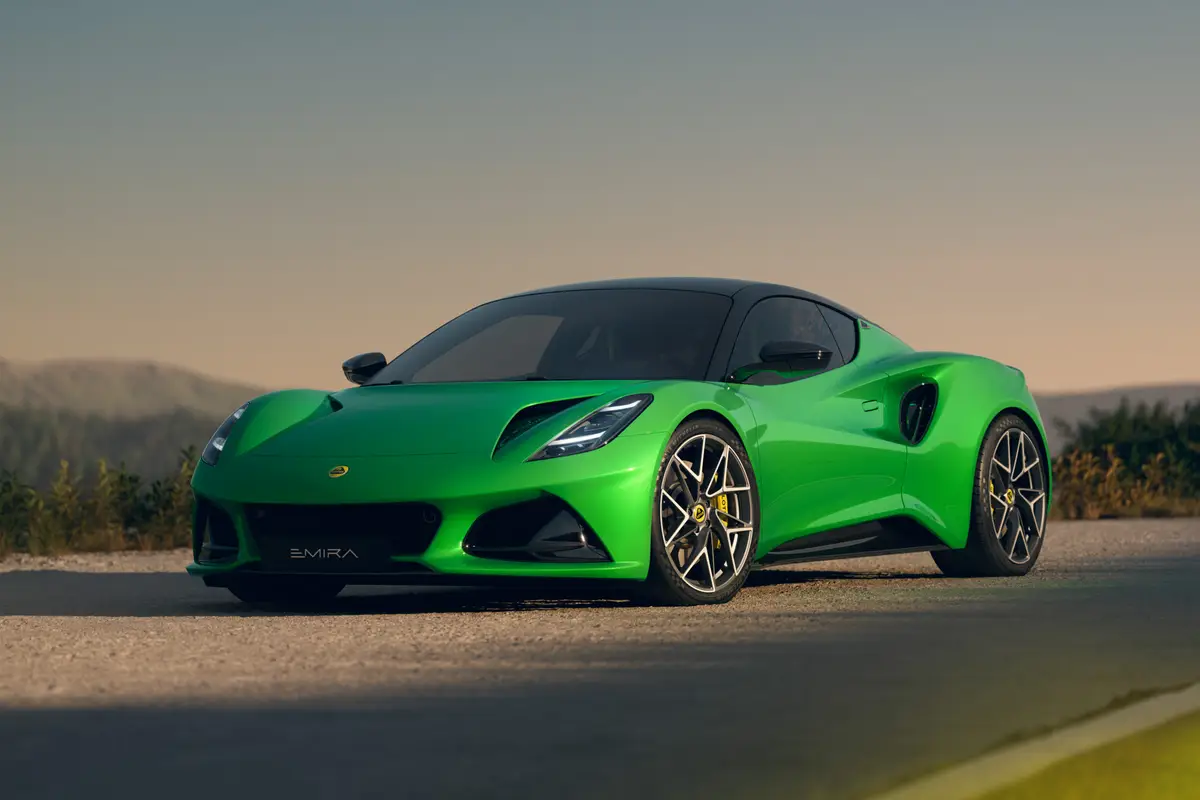TheMercuryNews.com's view
OJAI — Remember a few years back when Ford took a gamble with its bestselling Taurus sedan and tried some oh-that’s-strange styling to give it a bit of personality?
Buyers weren’t impressed, and another sedan, the more conservative Toyota Camry, quickly became the bestselling passenger car in America. Now, after four years on top, Toyota is redesigning the Camry.
Think Toyota executives will do anything strange or startling to make the Camry lose its top spot?
No way.
The all-new 2002 Camry, arriving at dealerships now, doesn’t stray far from its past success.
Don Esmond, general manager of the Toyota Division and a company senior vice president, said as much at a press introduction here in the hills above Santa Barbara.
“Camry is inching toward the status of an industry icon,” he said. While it hasn’t reached the Coca-Cola plateau yet, Esmond said, “Camry has become the very definition of the American passenger car.”
Kosaku Yamada, chief engineer for the new Camry, repeated that notion.
“There is a saying, that `The more things change, the more things stay the same.’ This saying captures perfectly how we approached the development of the fifth-generation Camry,” he said.
Critics have condemned the appliance-like nature of the Camry, but buyers come back time and time again — about 38 percent of Camry sales in 2000 came from current owners — for the car’s reliability, affordability and mainstream sensibility.
Toyota execs always bristle when the words “boring” and “Camry” share the same sentence.
In fact, Yamada said he was motivated to improve the new Camry by reading semi-negative press reviews of the current one, including one that called it a car “that few will lust for, but everyone will recommend.”
The solution, he said, would be to turn the Camry from “sensible to sensual.”
To do that, Yamada said, his team created a car with “stronger, bolder styling,” one with more room on the inside, one with a quieter ride, one with improved driving dynamics, one with world-class safety, and, finally, one with “a surprising new standard of quality” that includes more and better features.
Still, Esmond said, Camry must continue to reach its loyal owners as well as those in the market for trendy sport-utilities and competitive sedans such as the all-new 2002 Nissan Altima.
To do that, he said, the Camry “does not have to have the lines of an Italian sports car,” and it doesn’t need to be the most powerful or the most fuel-efficient in its class.
“Rather, Camry’s success will be based on its ability to be more things to more people than any other passenger car in America,” he said.
An auto industry analyst agrees. Art Spinella who runs CNW Marketing/Research in Bandon, Ore., was asked whether he sees signs that the new Camry is vulnerable to competitors or changing market trends.
“Absolutely none,” he said. “It’s actually the opposite. The desire for that vehicle, the trust in the Toyota and Camry names, is stronger than ever.”
Camry sales neared 450,000 in 1999, but fell to 423,000 in 2000. Still, that topped the No. 2 Honda Accord by about 20,000 units.
Here are some of the things that Toyota said will convince buyers that the 2002 Camry isn’t just more the same:
Dimensions: The all-new platform was first used on the 2001 Highlander SUV and is shared with the also-new Lexus ES 300 that also arrives this fall. The new Camry is longer and wider with a wheelbase that grows by two inches, which allows for a larger passenger cabin with improved rear legroom.
Performance: The four-cylinder engine is new. It’s a 2.4-liter that makes 157 horsepower (up 15 percent from the 2001 version) and 162 pound-feet of torque (up 10 percent). Toyota said it results in improved 0 to mph times while still having “class-leading fuel economy” of 24 mpg in the city and 32 mpg on the highway.
The available 192-horsepower V-6 engine carries over with a few modifications that slightly improve performance. Toyota still recommends premium unleaded gas.
A five-speed manual as well as new four-speed automatic are the transmission choices.
Engineering: Using a new Fujitsu supercomputer that replace two CRAYs allowed Toyota engineers to make a car that’s quieter and stiffer. An example of the small details: The air-conditioning evaporator is coated with an anti-bacterial resin that reduces odors from bacteria living in that warm, moist space.
Models and pricing: Toyota has dropped its cheapest CE model, which attracted about 28 percent of 2001 Camry buyers but apparently didn’t fit the car’s richer image. Instead, the LE will be both the volume-leader (getting about 65 percent of buyers) and the entry-level model with a starting price of $19,455, including destination charge.
The XLE continues as the fancy Camry with its wood trim, automatic AC and a JBL audio system. Toyota expects 15 percent of Camry buyers to get an XLE, which starts at $22,780 for the four-cylinder version and $25,890 for the V-6 model.
New is an SE, an attempt by Toyota to create a sportier Camry sedan. It gets a leather shift knob, a sport grille and sport fabric seats, a chrome exhaust tip, a rear spoiler and white-face gauges. It’ll be priced from $20,795 to $24,185.
Nissan, which has added a V-6 and about five inches to its Altima sedan for 2002 and sees some weakness in Camry’s market share, has priced its car from $16,889 to $23,689. The Honda Accord, another strong competitor, gets redesigned in 2003.
Latest news



